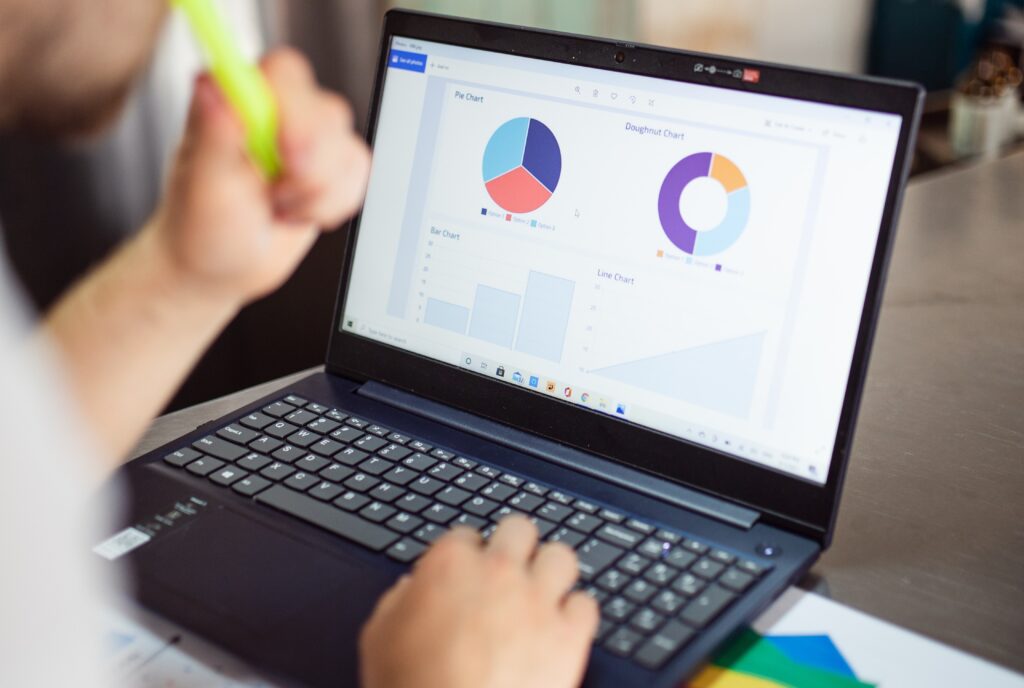لماذا يكون معظم الرؤساء التنفيذيين محاسبين؟
Financial background, more precisely accountancy seems to be the starter pack for the perfect CEO portfolio. We say this because one out of every four CEOs is an accountant. The Financial Times Stock Exchange (FTSE) is a British financial organization that specializes in providing index offerings for the global financial markets. A recent survey shows nearly one quarter of FTSE 100 CEOs come from a background in accounting and 55% of all UK CEOs come from a finance background. The numbers are surprising. No doubt finance is the life blood of a business, but what makes accountants so prone to leadership? When we think of accountants, we picture a person drowned in papers, scrunching numbers, and vigorously pressing buttons on a calculator. We assume accountants are uncreative beings that manage our bookkeeping, handle taxes, prepare invoices, construct financial reports and submit them to the leadership. Turns out we have been majorly underestimating accountants. Accountants know the ins and outs of a business that enables them to make the most insightful decisions. There are a few skills that accountants inherently possess that makes them the best candidates for an executive role. Let’s see what these qualities are and why are they specific to accountants? Why are accountants best-suited to the executive roles? 1. Strong Analytical and Financial Skills Starting off with the most obvious skill, accountants have the ability to provide insights from a financially strategic viewpoint. At the end of the day, you want your business to make you rich. Ideas are where it all starts, but smart financial moves are what makes your business profitable. “Being able to translate an idea into a financial impact that would help the bottom line of a business is incredibly important,” ~ Andrew Brushfield, Robert Half Australia director Traditionally, sales and marketing people made the best candidates for executive positions. However, the global financial crisis in 2008 made the appointment of CEOs with accounting and finance skills vital as businesses have become more risk-averse. 2. Accountants are Innovators The technical accountants tend to be great innovators. Accountants often strive to accelerate the lengthy procedures, automate recurring tasks and increase clientele, such aims lead them to new ways to make their work more efficient. “If you don’t understand the details of your business, you are going to fail. One of the only ways to get out of a tight box is to invent your way out.” Jeff Bezos Metric – a story of innovation Metric itself is a great example of the innovative mindset of accountants. A team consisting mainly of accountants through their consultation career, recognized the problem of small businesses failing to manage finances due to unavailability of accountants. Accountants have the potential to adapt their practices to suit the modern marketplace. Realising most of these startups and SMEs can’t afford to hire an accountant, they came up with a cheaper yet efficient digital alternative. The team took the recent shift to mobile devices for research, calculations and operations, as an opportunity. Metric launched an accounting app that automates all financial processes, catering masses that prefer mobile over desktops for professional operations. Metric disrupts the common business models by giving streamlined, cloud-based accounting services for free. 3. Accountants are good with money matters If you research the top skills CEOs must have, you would definitely find risk management, budgeting, financial management, accounting and internal auditing. These are the exact skills finance professionals have learnt during their education and polished throughout their careers. This does not mean a CEO can function without communication skills, teamwork, collaboration or negotiation skills. But these soft skills complement the technical expertise that accountants already master. 4. Accountants are More Adaptable If COVID-19 has taught us one thing, it’s the importance of being able to adapt to change. While most businesses struggled to stay afloat, some greatly prospered changing their business model or services in accordance to the needs of the crisis. Changes in your industry, sector and business can have a profound impact on your strategy, priorities, and decisions. A good CEO should be able to change direction when necessary and adapt their role to the company requirements. Accounting is a dynamic industry. With the frequent changes in tax laws, financial software and tools, and financial strategies, accountants are bound to quickly adapt to changes. They need to keep up with evolving trends that make them more adaptable to change of all sorts. Experienced accountants remain calm in stressful conditions, having the ability to adapt and determine alternative options to cope with change. 5. Accountants are Good in Decision-making “Decision-making is at the heart of my role. Weighing up data, analyzing consequences, and avoiding mistakes are all part of my job.” ~ Sir Martin Sorrell, the highest-paid CEO in the UK CEOs are on the roll, calling shots, taking risks, negotiating, taking decisions that make and sometimes break businesses. Quality and speedy decisions elevate the productivity of an organization. While taking a decision even in an emergency situation, a CEO must keep in mind the vision and productivity of the company, have the trust of employees, minimize conflict yet be quick. Isn’t this too much to ask? These emergency decisions greatly affecting the businesses are the daily task of an accountant. Accountants are very experienced at balancing out biases, since they approach their work without bias consistently. Accountants are always consulted on all decisions to better suggest keeping the financial condition in mind. This extensive experience of decision making helps accountants remove the middleman and take up the executive position themselves. What if you’re not an accountant turned CEO? If you don’t have an accountancy or even a financial background, are you destined to fail in your business venture? Most definitely not! Even if accountants take up the most executive roles globally, companies without accountant founders or CEOs run equally fine. However, not having an accountant guidance in your business finances is the recipe of disaster. As mentioned earlier, Metric app is an innovative product by
لماذا يكون معظم الرؤساء التنفيذيين محاسبين؟ Read More »






